
National CPR and AED Awareness Week takes place from June 1 to 7. This week highlights the importance of learning CPR and AED training. Knowing these skills can mean the difference between life and death.
Promoting CPR and AED awareness in the community is vital. Hosting training sessions and distributing educational materials can help. Social media campaigns using hashtags like #CPRAEDAwarenessWeek raise awareness. Encouraging others to learn these skills amplifies the impact.
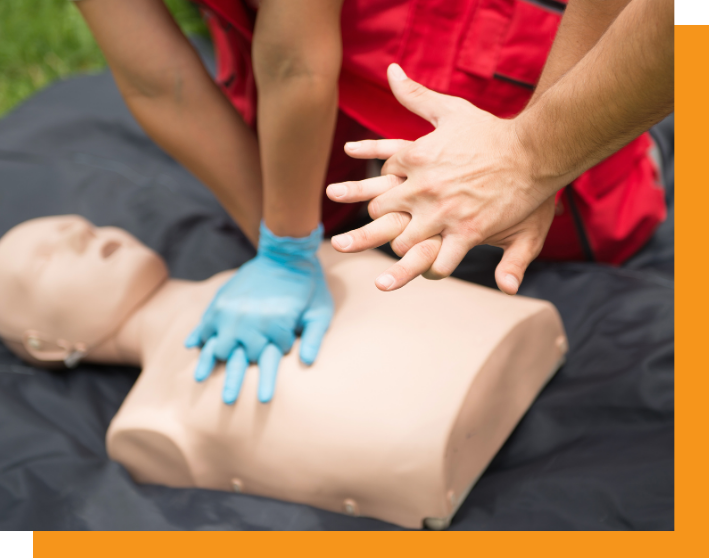
Cardiac arrest strikes without warning. It affects more than 350,000 people annually in the United States. Sadly, only about 11 percent survive. Immediate CPR and AED training can double or triple survival chances.
CPR, or cardiopulmonary resuscitation, keeps blood flowing when the heart stops. It provides oxygen to the brain and vital organs until professional help arrives. Hands-only CPR is a simple, effective method. Push hard and fast in the center of the chest. This technique does not require breathing into the person’s mouth.
AEDs, or automated external defibrillators, are vital in cardiac emergencies. They analyze the heart’s rhythm and deliver a shock if needed, which can restore a normal heartbeat. AEDs are user-friendly and provide step-by-step instructions. Knowing how to use an AED is crucial. Many public places and workplaces have AEDs available.

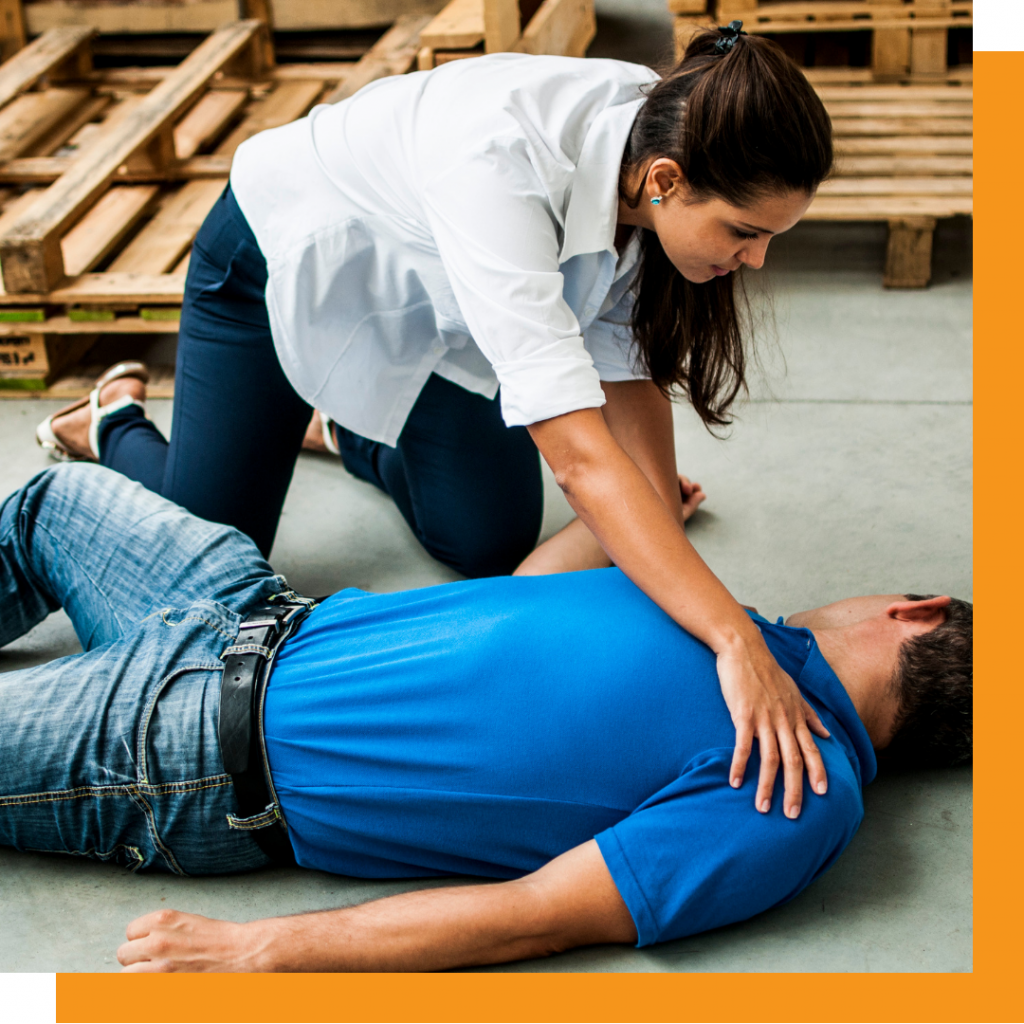
Fear often stops people from helping during emergencies. Concerns about causing harm or legal repercussions are common. However, Good Samaritan Laws protect those who assist in good faith. These laws exist in all 50 states. They encourage bystanders to take action without fear of legal consequences. Knowledge of CPR and AED training empowers bystanders to act confidently during emergencies.
Trained bystanders with CPR and AED skills will more likely intervene during a cardiac emergency. This prompt action can prevent severe brain damage or death. Training equips people with the skills and confidence needed to take lifesaving steps. Empowered by their knowledge, trained bystanders can make a significant difference in the crucial moments before emergency medical services arrive.
Training in CPR and AED use is essential. Various CPR and AED training options, including in-person, online, and blended courses, are available. The American Heart Association and the American Red Cross offer certifications. These courses teach how to perform CPR and use an AED correctly, and certification provides confidence to act in emergencies.
Proper training ensures that individuals can respond effectively in emergencies. In-person courses offer hands-on practice with mannequins and AEDs. Online courses provide flexibility, allowing people to learn at their own pace. Blended courses combine the best of both worlds, offering online instruction with in-person skills practice. Certified individuals are better prepared to handle real-life emergencies with competence and composure.
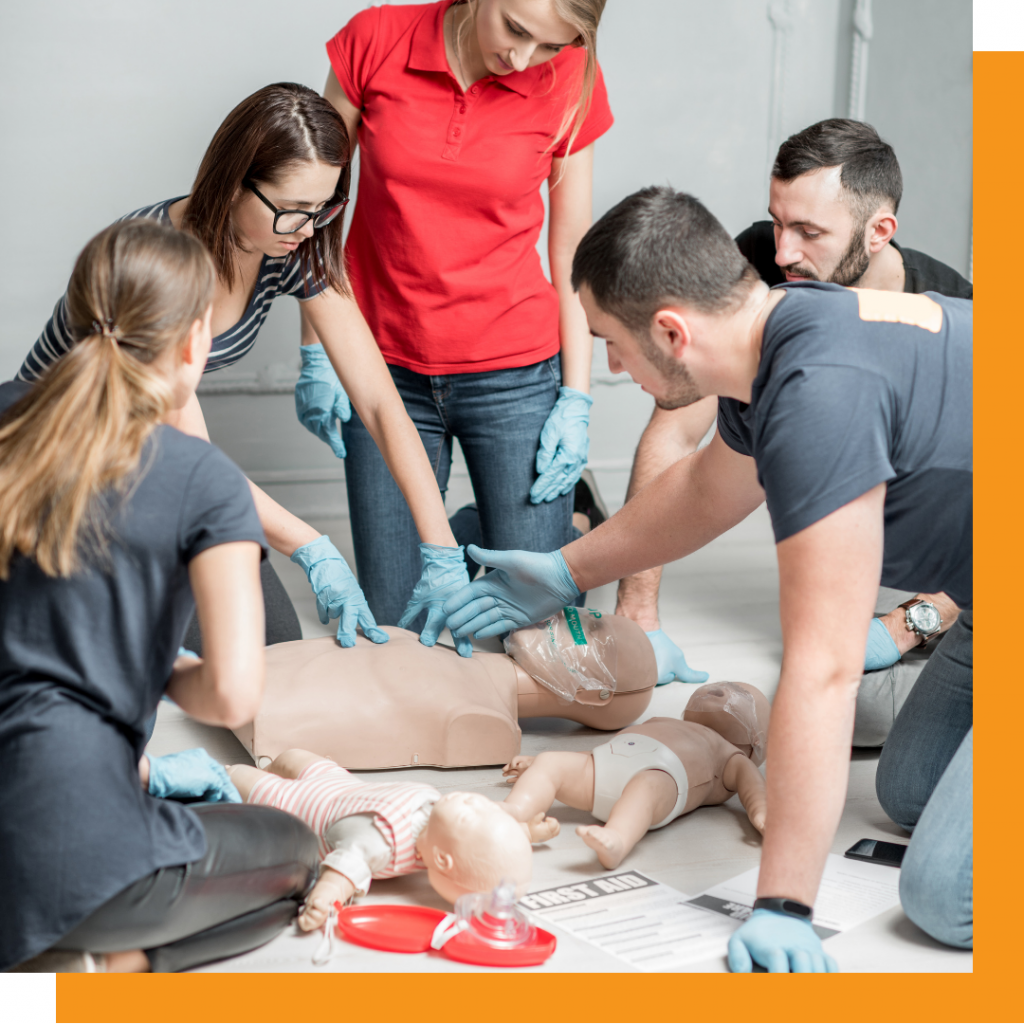
Workplaces should prioritize CPR and AED training. OSHA regulations emphasize the need for first aid and emergency preparedness. While OSHA does not mandate AEDs in all workplaces, having them can save lives. Employers should assess their specific needs and provide necessary training. Training workers in CPR and AED use enhances overall workplace safety.
A prepared workforce can respond swiftly to cardiac emergencies, reducing the risk of fatalities. Workplaces with trained employees and accessible AEDs are safer environments. Training programs should be part of a comprehensive safety plan. Regular drills and refresher courses ensure that employees remain prepared. Investing in CPR and AED training invests in employee health and safety.
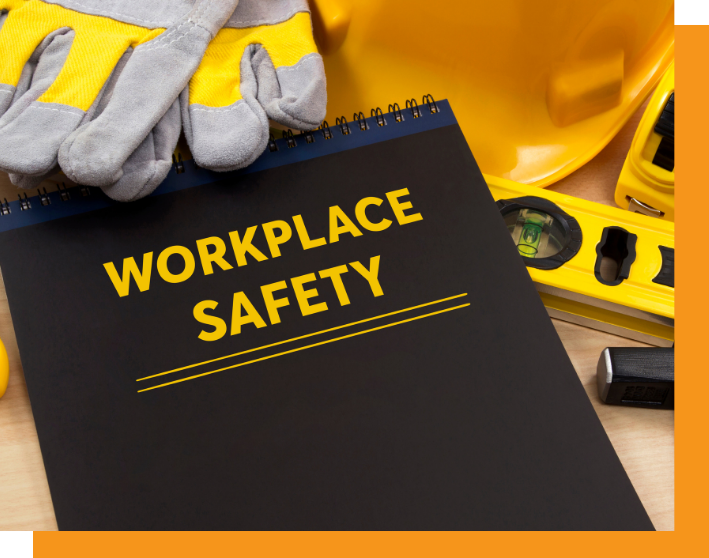
Real-life stories show the impact of CPR and AED knowledge. Many lives have been saved by quick-thinking bystanders who stepped in during critical moments and made a difference. Sharing these stories encourages more people to get trained, and promoting CPR and AED awareness in the community is vital.
Survivors’ stories highlight the lifesaving power of CPR and AEDs. These accounts inspire others to learn and act. Community awareness campaigns can amplify this message. Local events, training sessions, and social media campaigns can spread knowledge and motivate action. The more people trained, the more lives can be saved in emergencies.
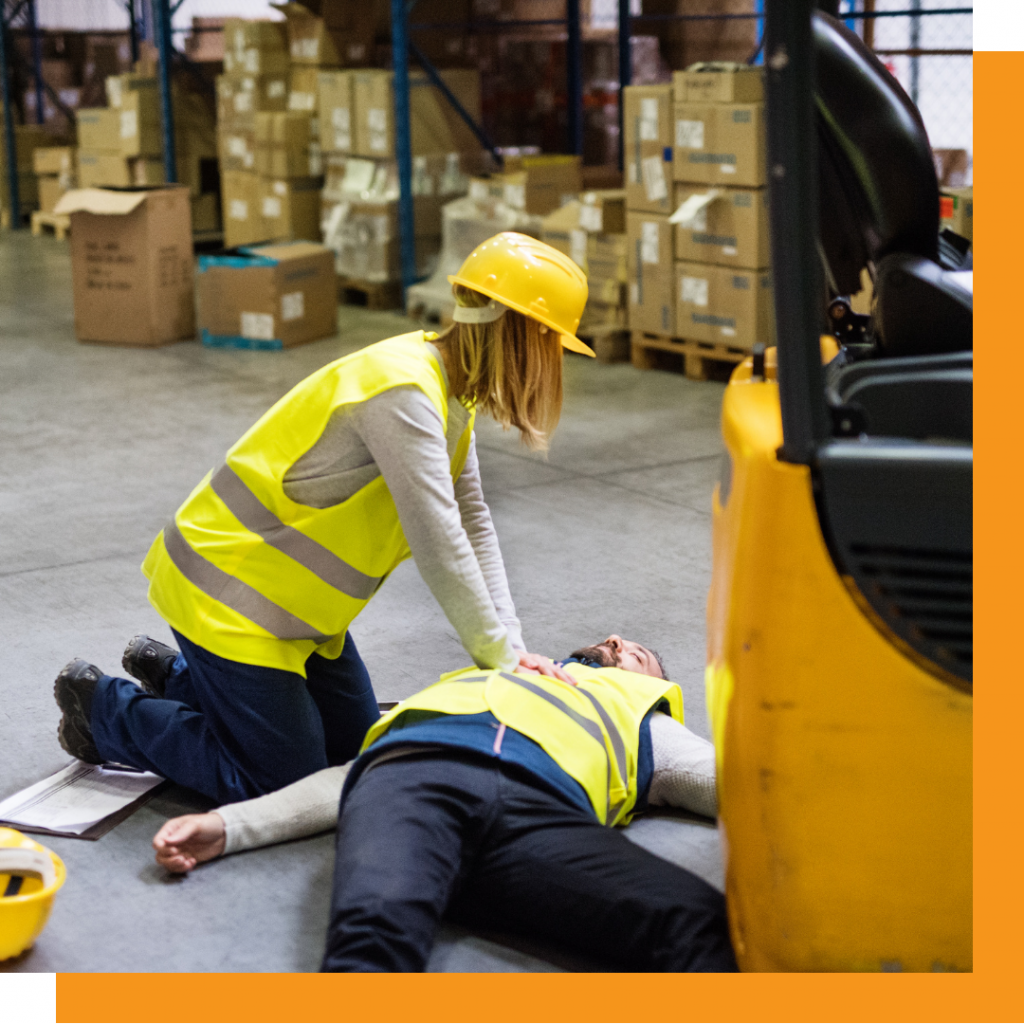
The construction industry, in particular, benefits from widespread CPR and AED training. Workers often face hazardous conditions, and quick response times are crucial in emergencies. Training workers in CPR and AED use enhances overall safety.
Construction sites pose unique risks that can lead to cardiac emergencies. Electrical hazards, heavy machinery, and physical exertion increase the risk of cardiac arrest. Training ensures that workers can respond effectively to such incidents. Implementing CPR and AED training as part of safety protocols can significantly enhance site safety and save lives.
Understanding the role of CPR and AED training in emergencies is fundamental. Immediate CPR maintains blood flow, and using an AED restores a normal heart rhythm. These actions significantly increase survival chances. The Good Samaritan Law protects those who assist, encouraging bystanders to act without fear. CPR and AED training is accessible and valuable, enhancing confidence and preparedness in emergencies. During National CPR and AED Awareness Week, learn or refresh these skills and encourage others to do the same. Preparedness saves lives.